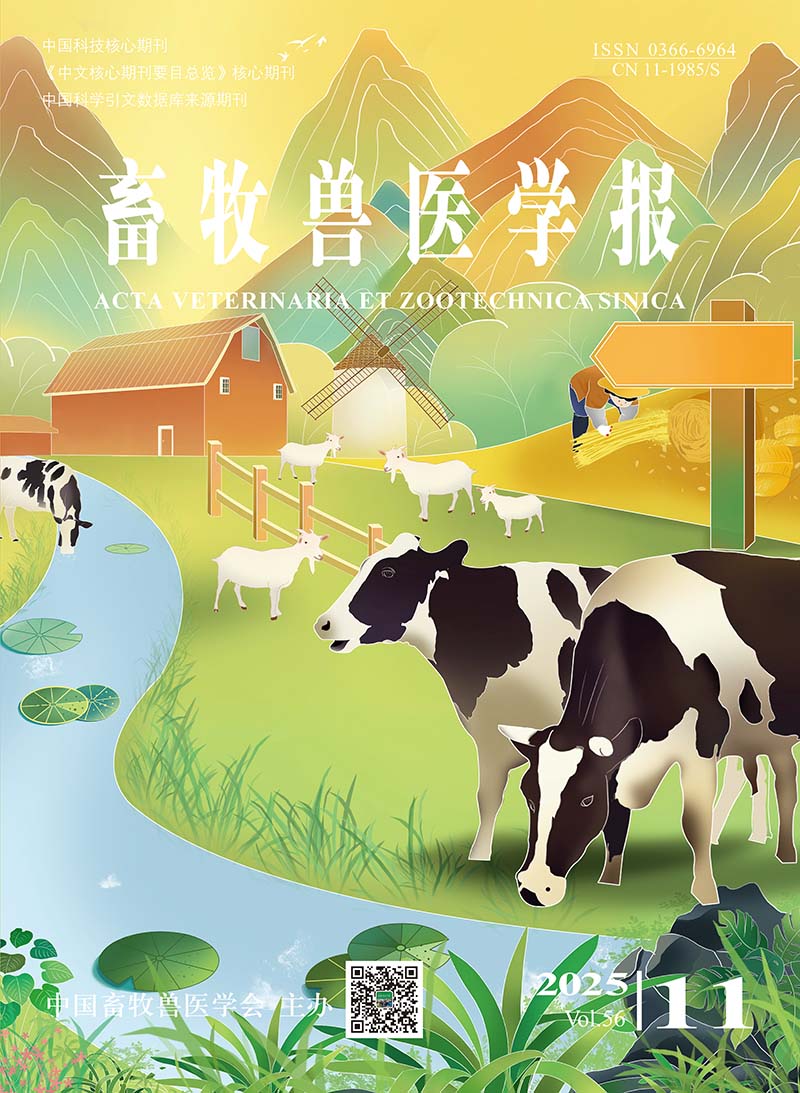This experiment aimed to explore the correlations between hormones, oxidative stress indicators, trace elements, and other factors in the peripheral plasma and pregnancy status of cows during early pregnancy, providing references for the early pregnancy diagnosis of cows. In this experiment, 120 healthy multiparous Holstein cows (2-3 parities) with similar body condition scores were selected from a dairy farm in Ningxia. Following estrus synchronization treatment, plasma samples were collected on the 7th day after timed artificial insemination (TAI). The recurrence of estrus was observed using the step-counting method from 18 to 24 days post-TAI, and pregnancy diagnosis was performed via B-ultrasound on the 35th day. Based on the diagnosis results, the cows were categorized into 3 groups: pregnant (n=46), non-pregnant (n=34), and return (n=40). ELISA was utilized to measure the levels of total antioxidant capacity (T-AOC), malondialdehyde (MDA), superoxide dismutase (SOD), glutathione peroxidase 4 (GPX4), catalase (CAT), cortisol (COR), melatonin (MT), prostaglandin E2 (PGE2), prostaglandin F2α (PGF2α), progesterone (P4), estradiol (E2), copper (Cu), and zinc (Zn) in plasma samples from the 3 groups. The results indicated that: 1)Among the 120 cows, 46 were pregnant (pregnancy group, 38.33%), 40 returned to estrus (the returns group, 33.33%), and 34 were not pregnant (non-pregnancy group, 28.34%); 2)The concentrations of plasma PGE2, COR, T-AOC, GPX4, CAT, and Zn in pregnant cows and non-pregnant cows were significantly higher than those in the returns group (P < 0.05), the MDA concentration in non-pregnant cows was significantly higher than that in pregnant cows (P < 0.05), while no significant differences were observed in other indices among the groups (P>0.05); 3)Analyzing the relationship between the concentrations of each index and pregnancy rate, it was found that when the concentrations of E2, P4, PGE2, PGF2α, MT, COR, T-AOC, GPX4, CAT, MDA, SOD, Cu and Zn were 239.27-292.73 ng·L-1, 4.71-6.95 ng·mL-1, 767.36-941.70 ng·L-1, 386.70-489.05 ng·L-1, 1 664.34-2 271.51 ng·L-1, 316.32-382.36 ng·mL-1, 0.34-0.39 mmol·L-1, 62.80-71.90 mg·mL-1, 10.67-17.75 U·mL-1, 1.15-1.80 nmol·mL-1, 14.20-15.73 U·mL-1, 12.00-24.00 μmol·L-1 and 14.71-16.53 μmol·L-1, respectively, the pregnancy rate of cows was the highest, which were 75%, 47%, 63%, 56%, 48%, 60%, 57%, 50%, 50%, 50%, 57%, 50% and 50%, respectively; 4)The ROC curve analysis indicated that the AUC values for Zn, COR, and PGE2 in the plasma of cows on the 7th day after TAI were relatively high (AUC>0.6). In conclusion, low concentrations of T-AOC, CAT, GPX4, COR, PGE2, and Zn are associated with recurrence of estrus of dairy cows, while low concentrations of MDA are linked to pregnancy on the 7th after TAI. The varying concentrations of these biomarkers correspond to differences in the pregnancy rates of dairy cows. Zn, COR, and PGE2 could serve as candidate biomarkers for early pregnancy diagnosis in estrus dairy cows.






